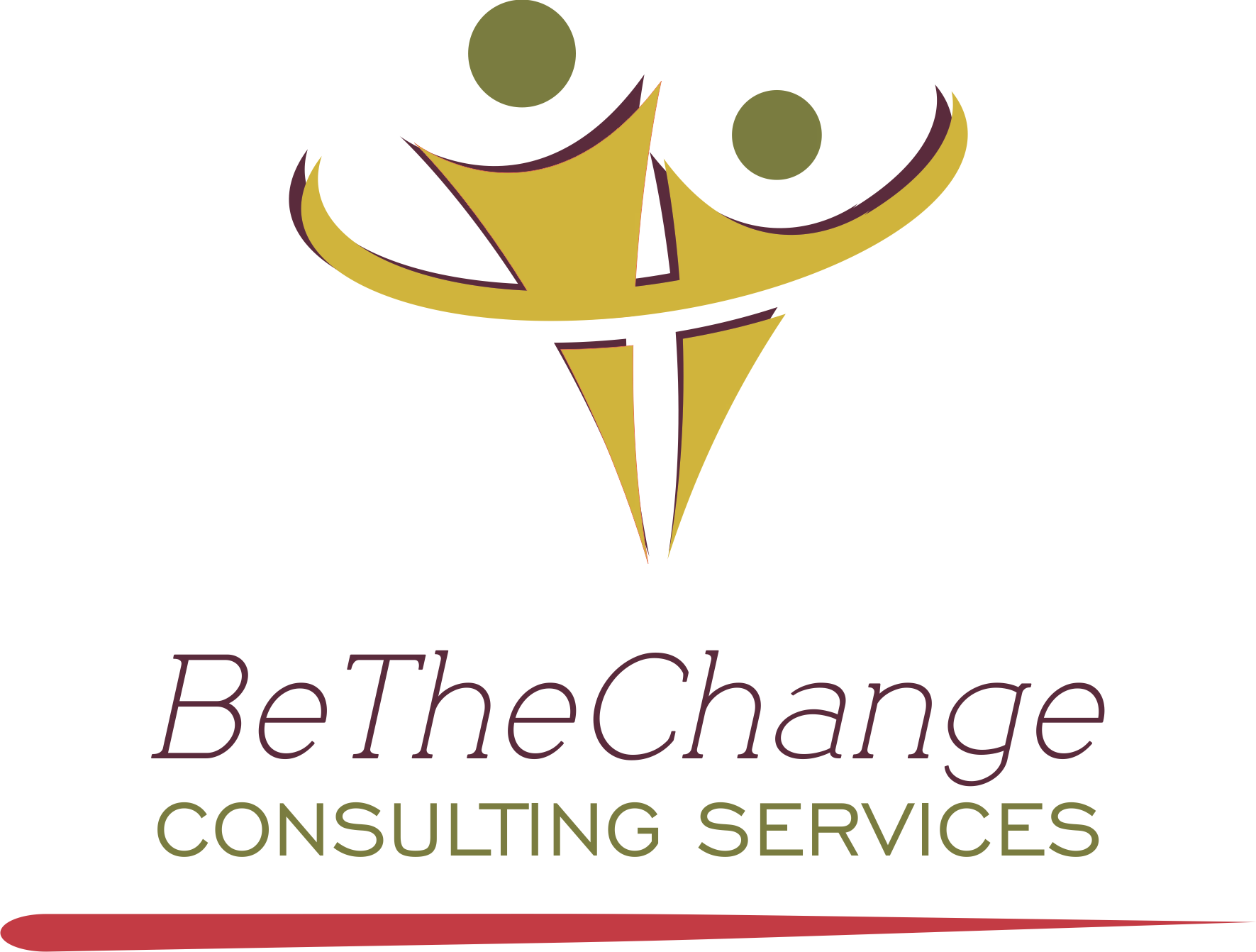Change is all around us. It is the new normal. We live in tumultuous times, surrounded by circumstances that seem to demand more than we can deliver, states Robert Quinn, who is echoed by Carol Dweck’s sentiments that the world is morphing into a place that no one can foresee.
In my daily engagements with employees, managers, and leaders, I find the common thread in our conversations reflected in various business articles, namely: How can I deliver rapid results and sustainable growth in an increasingly competitive environment?
Most people I deal with now appear to accept the fact that change is the new normal, but they often advance arguments against the manner in which change is implemented – those who usher in change often have unpredictable or poor communication skills, or display top-down and ‘fit- in or ship-out’ leadership styles. Those I deal with also cite their own fear of change which heightens their resistance to change.
What then can be added to current change initiatives that will decrease the cited resistance to change and make change stick?
In my work, I find an understanding of the neuroanatomy of emotions and the concept of growth versus fixed mindsets (along with many other tools) helpful to assist organisations to facilitate a more positive outcome of an intended change project, and to enhance individuals’ responsiveness to change.
Neuroscience teaches us that our limbic system or emotional brain ‘sees’ incoming information before our rational brain has access to it. Therefore, when employees perceive new information or the intended organisational change as carrying risk, they will react and jump to conclusions.
Various neuroscientists assert that what we see, hear or feel is partly regulated by our emotional state. If we are frightened, we tend to look at incoming information through the biased lens of risk. In this state, we see things negatively and we over-react. If we are happy and comfortable, we tend to view incoming information with the bias of optimism.
How can this understanding assist organisations to manage change effectively?
From the field of social neuroscience, David Rock’s Scarf model (Status; Certainty; Autonomy; Relatedness; and Fairness), provides a tool that organisations can use to good effect.
When introducing the change project, thank people for their role in company success and be sensitive to possible changes in status (Status); be sensitive to current culture and habits that must change, and provide people with broad timelines in terms of dates for change and, in the absence of this, keep your promise of frequent communications and updates (Certainty), imply competence to change, offer skills training (where applicable), and where possible provide people with two or more change scenarios from which they may choose (Autonomy); be supportive of relationships and offer support in terms of mentoring and coaching (Relatedness); be transparent and even-handed (Fairness).
The goal of Scarf change management is to deliver change information in such a way that emotional reactions of staff do not sabotage the change effort.
Mindsets are ways of thinking and determining how we interpret our successes and failures. Two mindsets that have a major impact on how we view change are fixed versus growth mindsets.
A growth mindset means you believe that your skills and intelligence are things that can be developed and improved. Research by Carol Dweck and her team showed that the growth mindset is what fosters grit, determination, and work ethic in people of all ages. They therefore learn, grow and achieve more.
A fixed mindset means you believe that your skills and intelligence are set and can’t be changed. You therefore avoid challenges, and resist change.
How do we develop our growth mindsets? Carol Dweck offers a few suggestions.
Hear your fixed mindset ‘voice’. “Are you sure you can do it?” “What if you fail?”, “It’s not my fault. It was something or someone else’s fault.”
Recognise that you have a choice. How you interpret challenges, setbacks, and criticism is your choice. You can interpret them in a fixed mindset as signs that you cannot or should not be asked to change. Or you can interpret them in a growth mindset as signs that you need to ramp up your strategies and effort, stretch yourself, and expand your abilities.
Talk back to your fixed mindset voice with a growth mindset voice. “I’m not sure I can do it now, but I think I can learn to do it”; “Most successful people have had failures along the way”; “If I don’t try, I automatically fail. Where’s the dignity in that?”
In conclusion, I say to companies managing change: Make Scarf matter every day; and to individuals I say: Over time, the voice you heed in your change efforts is pretty much your own choice. But if you are aiming for sustainable success, you need to practise and act on the growth mindset.

